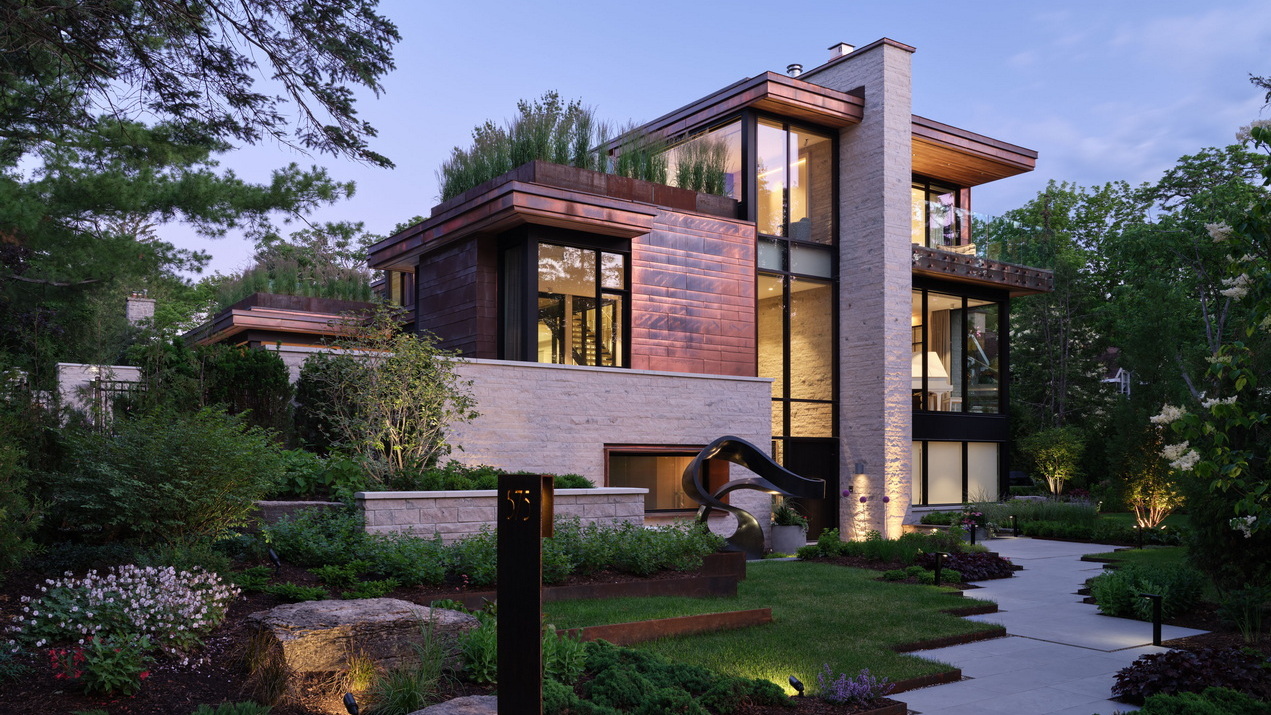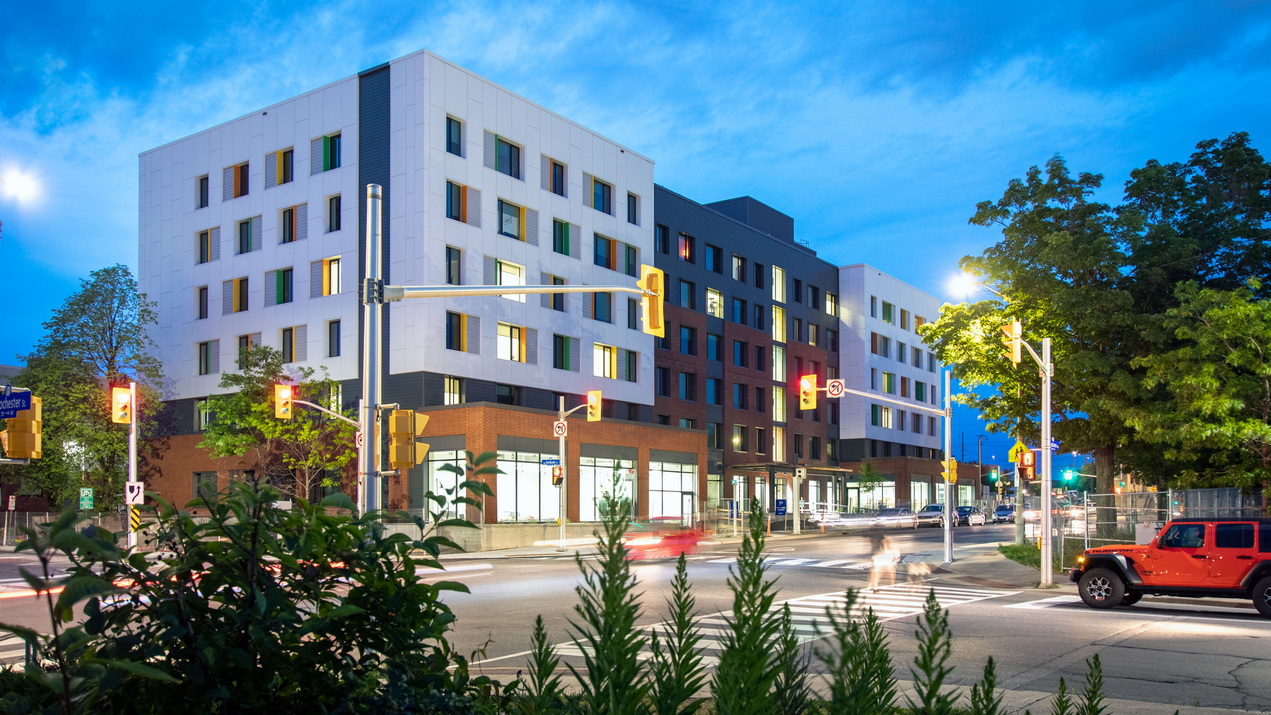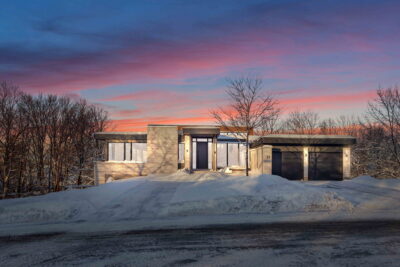Despite recently winning a lifetime achievement award for his five decades of work, well-known Ottawa architect Barry Hobin is not ready to call it quits.
The 74-year-old is still very much involved in the firm he started 45 years ago and that bears his name — Hobin Architecture — even if he no longer works five days a week.
“People ask me a lot about retirement,” he says on a sunny June morning in his office’s front boardroom in Little Italy. “How do you retire creativity? If you’re a writer like Margaret Atwood, do you think she would retire from writing? She’s probably retired from the rigour of writing. But she hasn’t retired from the notion of observing and then wanting to create around what she’s observed.”
Today, he’s more likely to balance the desire to dive personally into a project with mentoring the next generation and the judiciousness of overseeing and providing context, drawing on a collaborative approach that has long been a hallmark of the company’s philosophy. “Increasingly, I’m standing back and I’m trying to provide value-add as opposed to carrying the load.”

He’s very good at working with people, says retired architect Gord Lorimer, partner emeritus at Hobin Architecture and one of Hobin’s first employees. “He’s learned how to, over the years, design through the hands of others.”
Such is the prerogative of a seasoned veteran who has built one of Ottawa’s most successful architecture practices, now employing a staff of 45 and shaping the city’s built form in housing, commercial and institutional infrastructure.
Along the way, Hobin Architecture and its precursor, Barry J. Hobin & Associates Architects, have amassed a boatload of awards and accolades, designed more than 500 projects (and well over 17 million square feet) and gone above and beyond when it comes to giving back.
“(The firm) really contributed to building the city on pretty much every level,” notes Benjamin Gianni, who is an associate professor at Carleton University’s Azrieli School of Architecture and Urbanism as well as a friend and longtime colleague of Hobin’s.
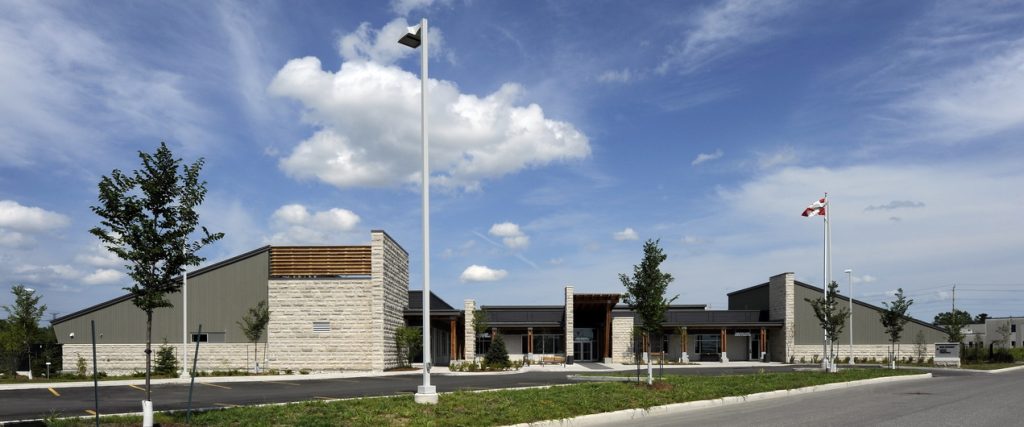
The firm has designed many memorable buildings in Ottawa — the Rideau tower at Lansdowne Park, W.O. Mitchell Elementary School in Kanata, the Innovation Centre at Bayview Yards and the Ottawa Humane Society are among his favourites. But his roots are in designing homes. He’s partnered with builders and developers such as Charlesfort Developments, Uniform Developments, Taggart Group and eQ Homes, along with designing countless custom homes throughout the city. Less than five years after starting his own firm in 1979, it became common to boast that a home was Barry Hobin-designed when selling. (Just don’t ask him to pick a favourite home he’s designed. “There isn’t a house I go by that I don’t have a great sense of attachment to,” he says.)
“Barry has immeasurable talent, but that talent is paired with a passion for the context for the work — Barry cares about Ottawa,” says Uniform president John MacDougall, who has been working with Hobin since the 1990s.
Part of that caring means giving back, whether it’s personally, on behalf of the company or in fostering a workplace culture of charitable giving and helping the community.
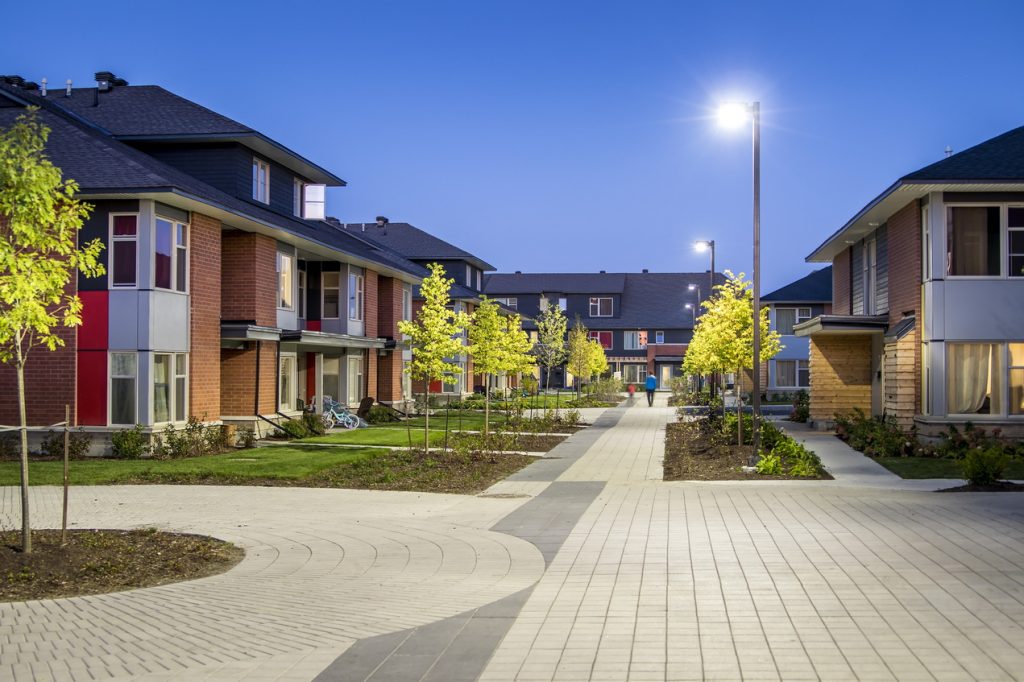
“Volunteerism, recognizing that giving money away because it really isn’t yours — those are concepts that are transportable. I think they make for a better community,” Hobin says.
He grew up with the notion that you have a responsibility to your community, says his son, Jonathan, who carries on those values in his own life, running a not-for-profit photographic arts centre. “I think that was an inspiration for how he approached everything in his life, including building communities, physically being a part of a community success through architecture. But in terms of philanthropy, I think it’s all centred around this idea that you are not an individual, you are part of something bigger than yourself.”
An Ottawa native, Hobin was raised in Westboro, the son of a craftsman, contractor and draftsman who “had an impeccable drafting hand.” He grew up working for the company founded by his father and his uncle, Hobin Homes, learning construction at his father’s side. Hobin Street in Stittsville is named for the elder Hobins.
Although he had no early passion to study architecture, his aptitude in art and math had school officials recommending it and, being on the cusp of the ’70s, his attitude was “why not?” He graduated in 1974 at the top of his class and by 1979 had started his own firm, with a commission to design five homes for developer Robert Campeau. His dad drafted the designs for him.
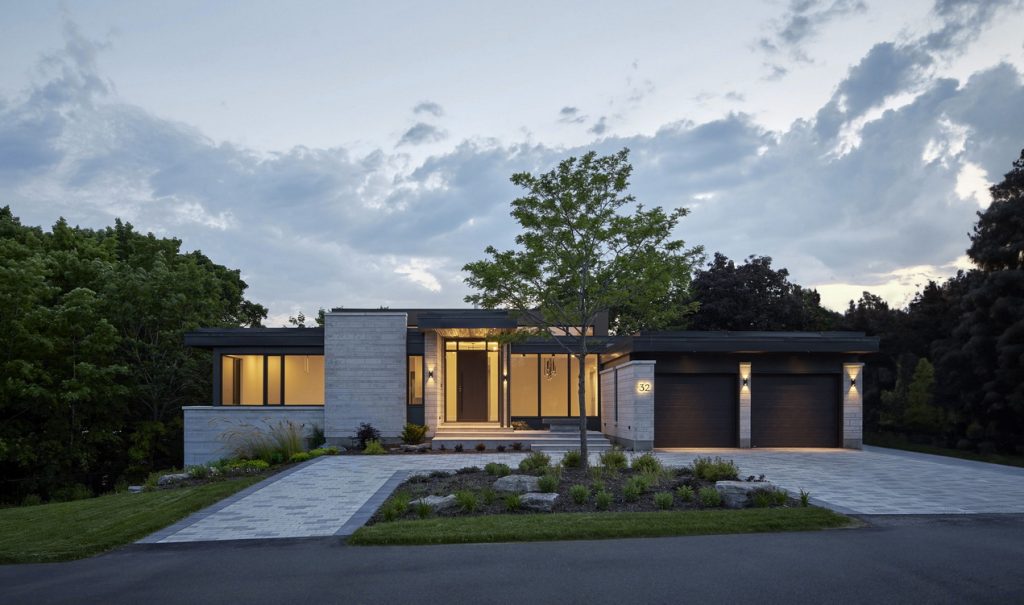
Today, “you cannot drive around Ottawa without every five minutes pointing out a building that Hobin Architecture designed or had an impact on,” says Jonathan.
Architecture critic and columnist Rhys Phillips points out the rarity of what Hobin has accomplished. “He’s built a very substantial practice in what is not a huge city, which is quite impressive.”
With such a body of work, Hobin became the first Ottawa architect to be awarded the Ontario Association of Architects’ Lifetime Design Achievement Award this spring. It’s an award that has been given out eight other times since it was created in 2011 and it recognizes an architect’s career-long commitment to the promotion and achievement of architectural design excellence, celebrating a body of work that reflects a lasting legacy of excellence and innovation.
Hobin was surprised to be included with such “iconic people” as Jack Diamond, Eb Zeidler and Ray Moriyama — the first three recipients of the award. “Because you’re from Ottawa, you don’t allow yourself to see yourself that way,” he says, although he then allows: “I see what I’m doing as being significant. I know that we’ve had an impact on the Ottawa market.”

Gianni is delighted about Hobin’s award win. “It was, I thought, really well-deserved recognition. When you look at his opus, it’s really the totality of the opus that speaks for itself. He’s not somebody who makes his reputation on any one building or trying to stand out. It’s really about creating continuity and conviviality and integrity in the larger built environment.”
And that is the ongoing challenge, Hobin says. When asked what his vision for Ottawa is, he answers instead with what he feels the city is missing: not enough focus on actually improving where people live; an emphasis on improving the public realm like small parks and parkettes; and having every building “say something to a space or a street that actually makes it more meaningful. That to me is the challenge of the future.”
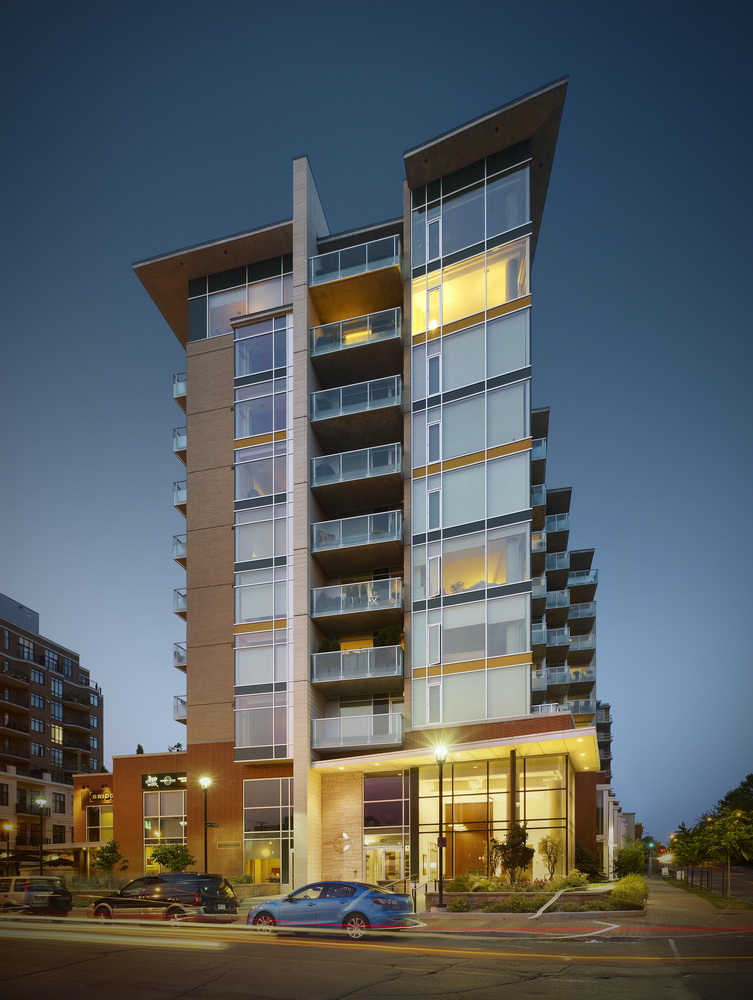
Barry Hobin — Did you know…
- Barry Hobin was accepted into the first year of architecture at Carleton University but delayed his start to attend a year of theological study first. His father, who wasn’t able to attend university when he was younger, ended up attending Carleton at the same time Barry did.
- Often noted as a lookalike to basketball great Larry Bird when he was younger, Hobin was a fan, often attending games when his brother lived near Boston. He once had a suit made with Larry Bird personalized lettering on the inside, just for fun. (He had another one made with architect Frank Lloyd Wright lettering.)
- An avid sportsman, Hobin did not play varsity basketball — “I would have failed because their season started in September and ended in March (and) architecture is a really tough program,” he says — but he did play football for the Carleton Ravens, both offensive and defensive tackle.
- Hobin bought his first home just after he graduated university, using his $5,000 student loan money (he hadn’t spent it because he lived at home) and $5,000 borrowed from his father-in-law. He bought a rowhouse on James Street for $40,000 that he kept until about a year and a half ago, when it sold for $925,000.
- Barry is “clearly one of my heroes,” says his son, Jonathan. “But, aside from that, he’s a goofball, someone you can joke with.” While he won’t share any of the family stories, “we all laugh about it as a family,” he says. He also says his dad is very caring, personable and genuinely curious about everyone. “He will stop to talk to anyone and everyone, and he just wants to know about their life, their profession, how they got there, why they made that choice.”
- Two of Hobin’s three children live in homes he designed.

